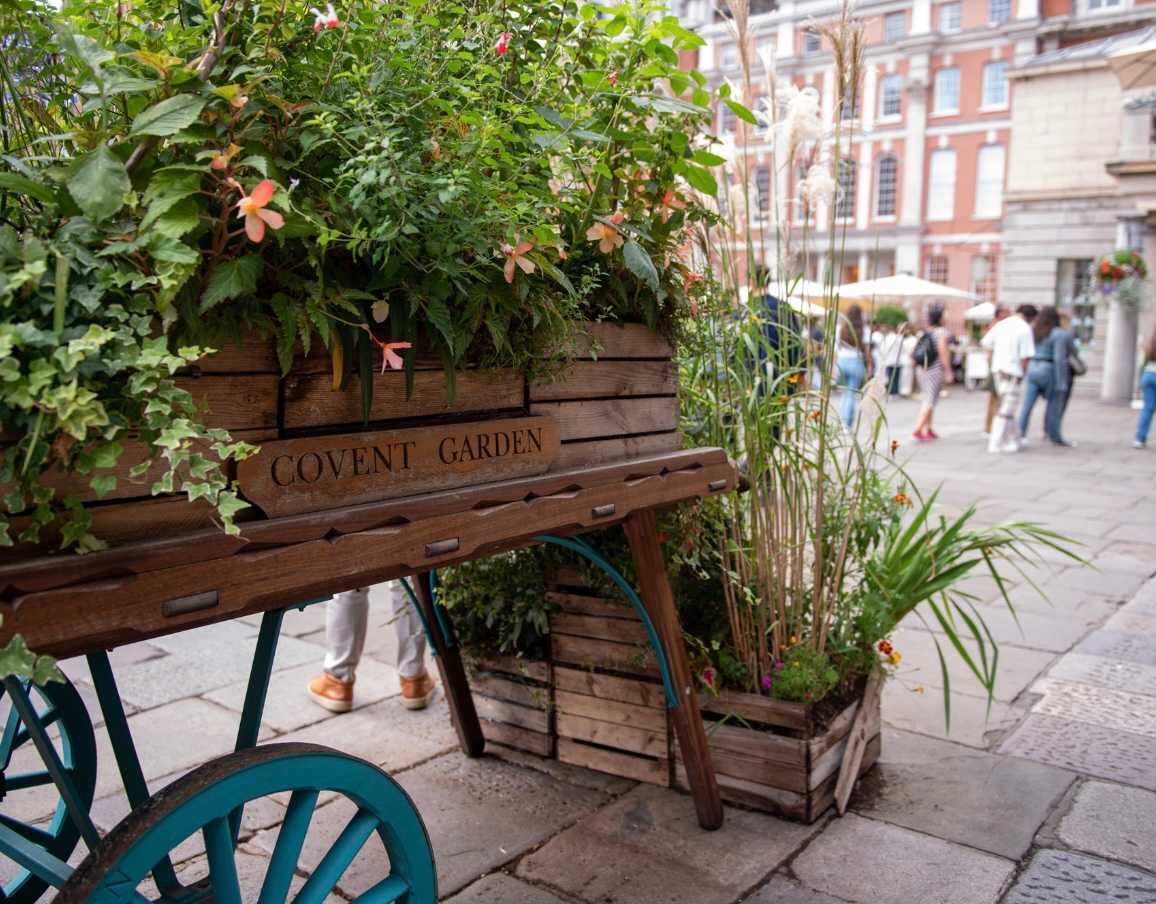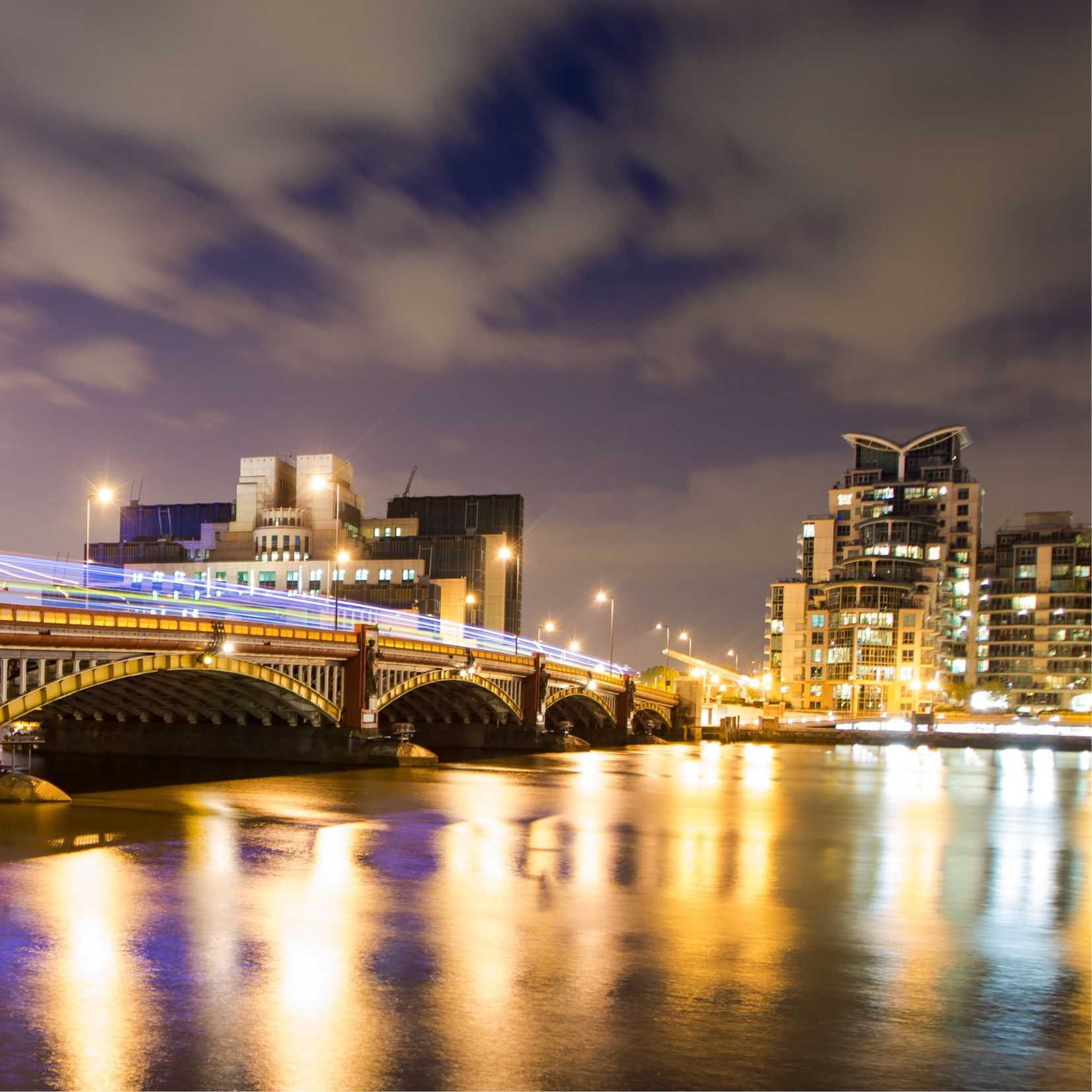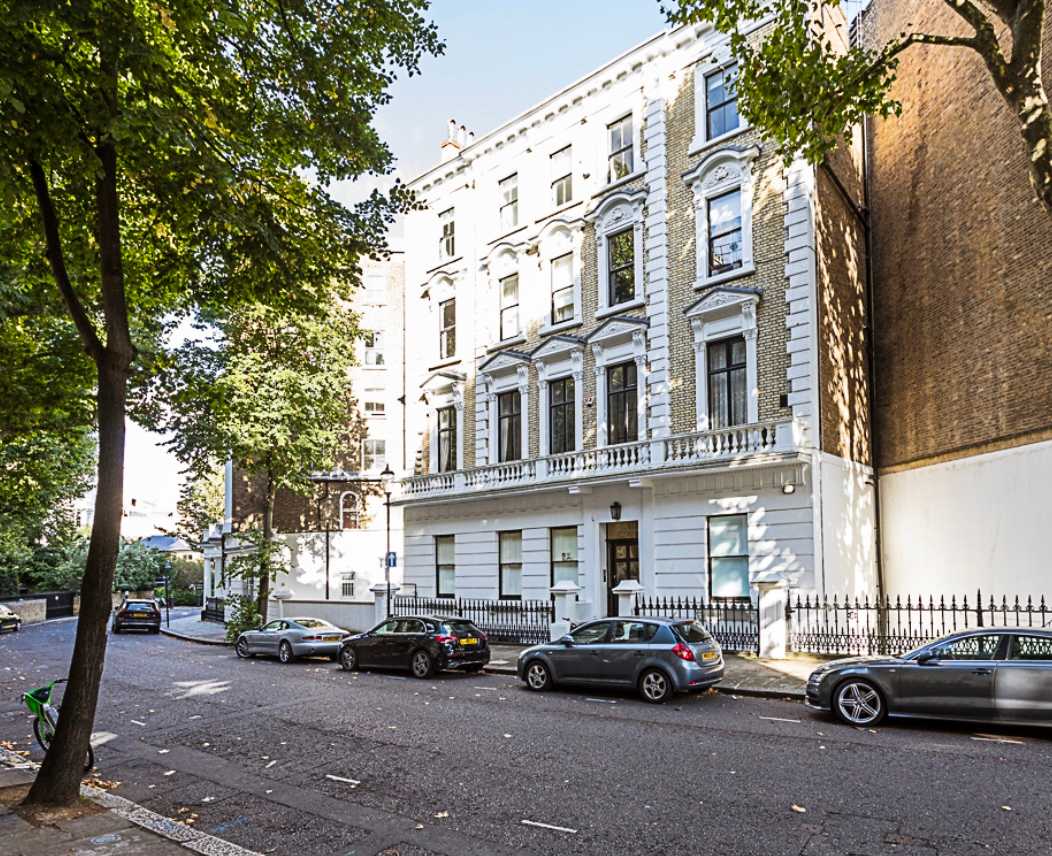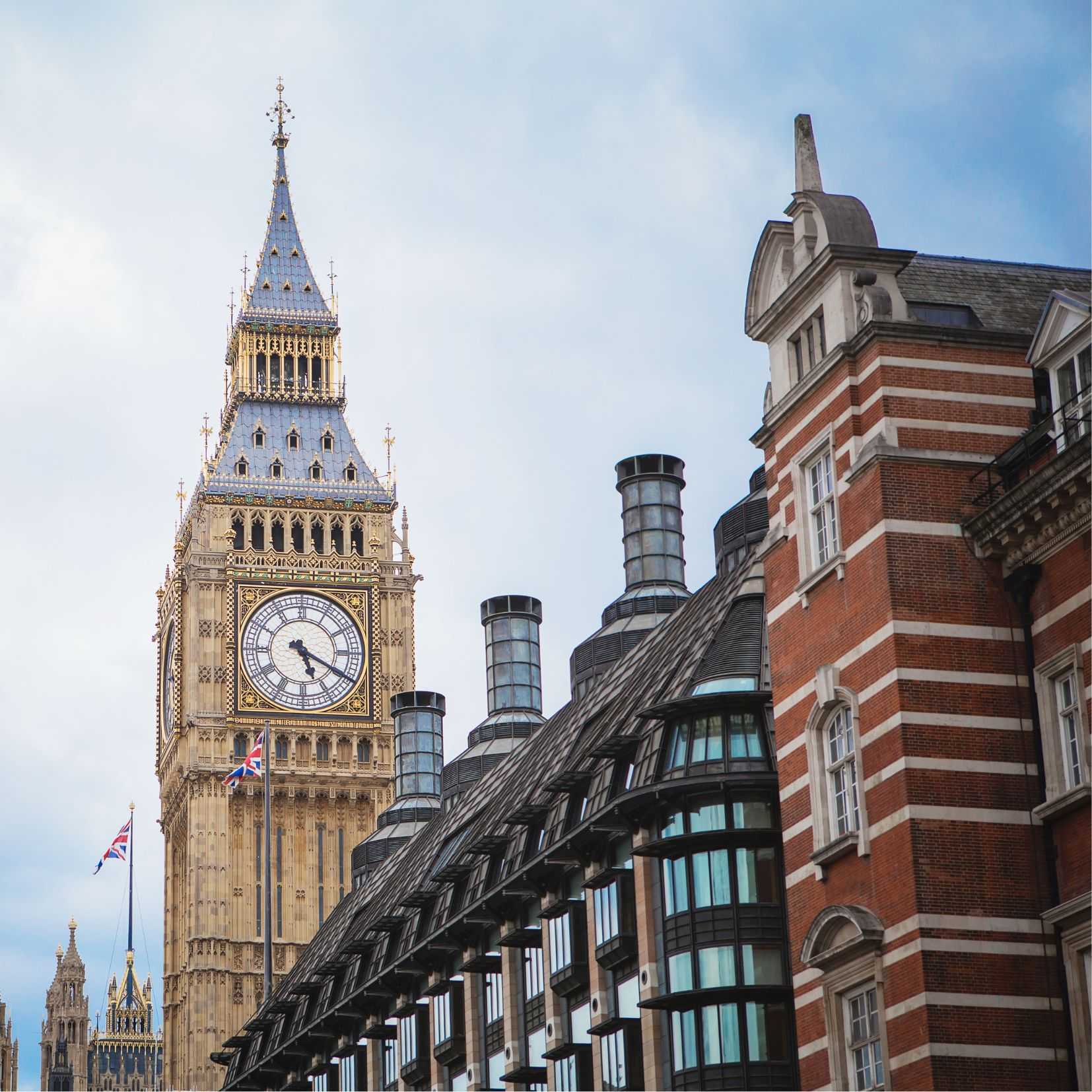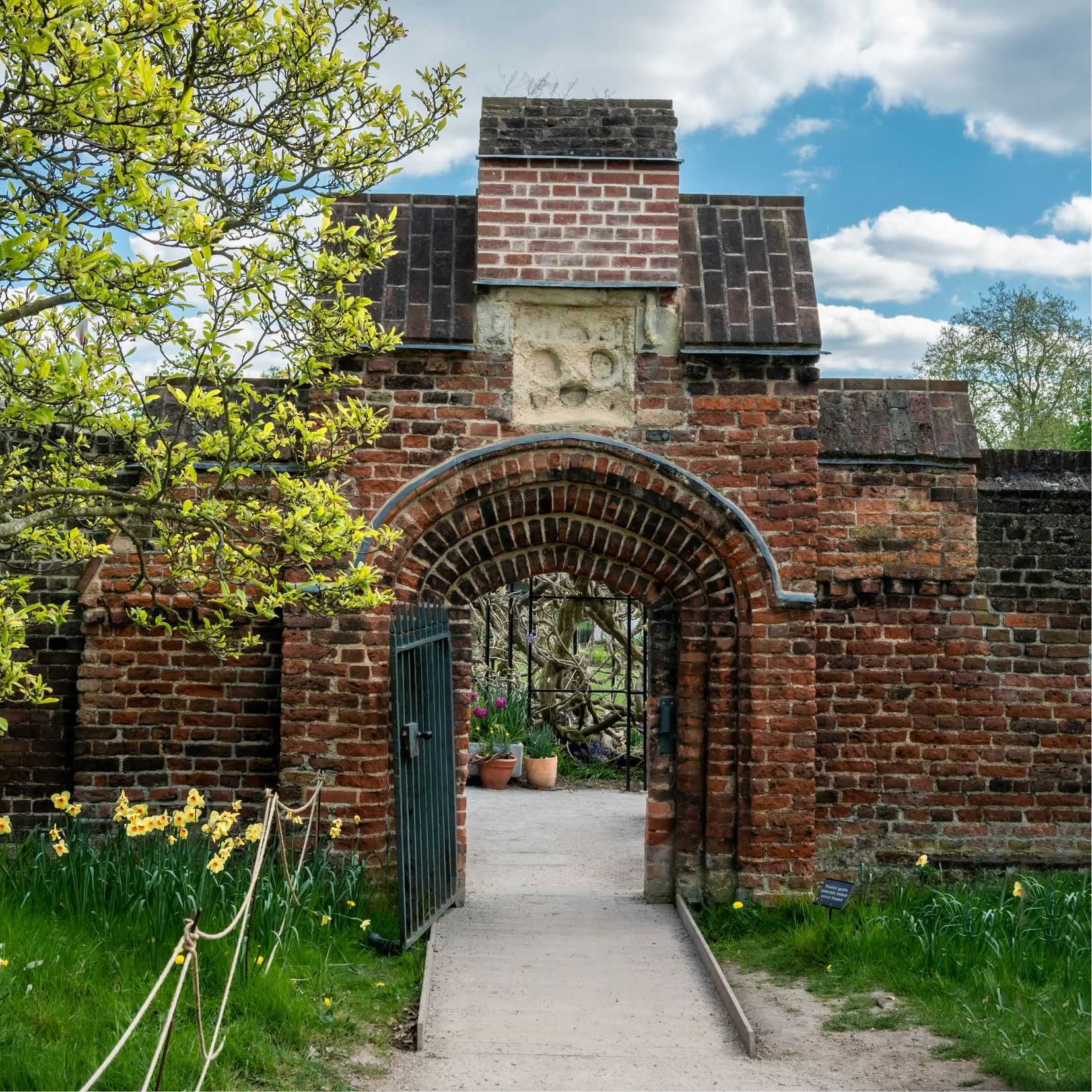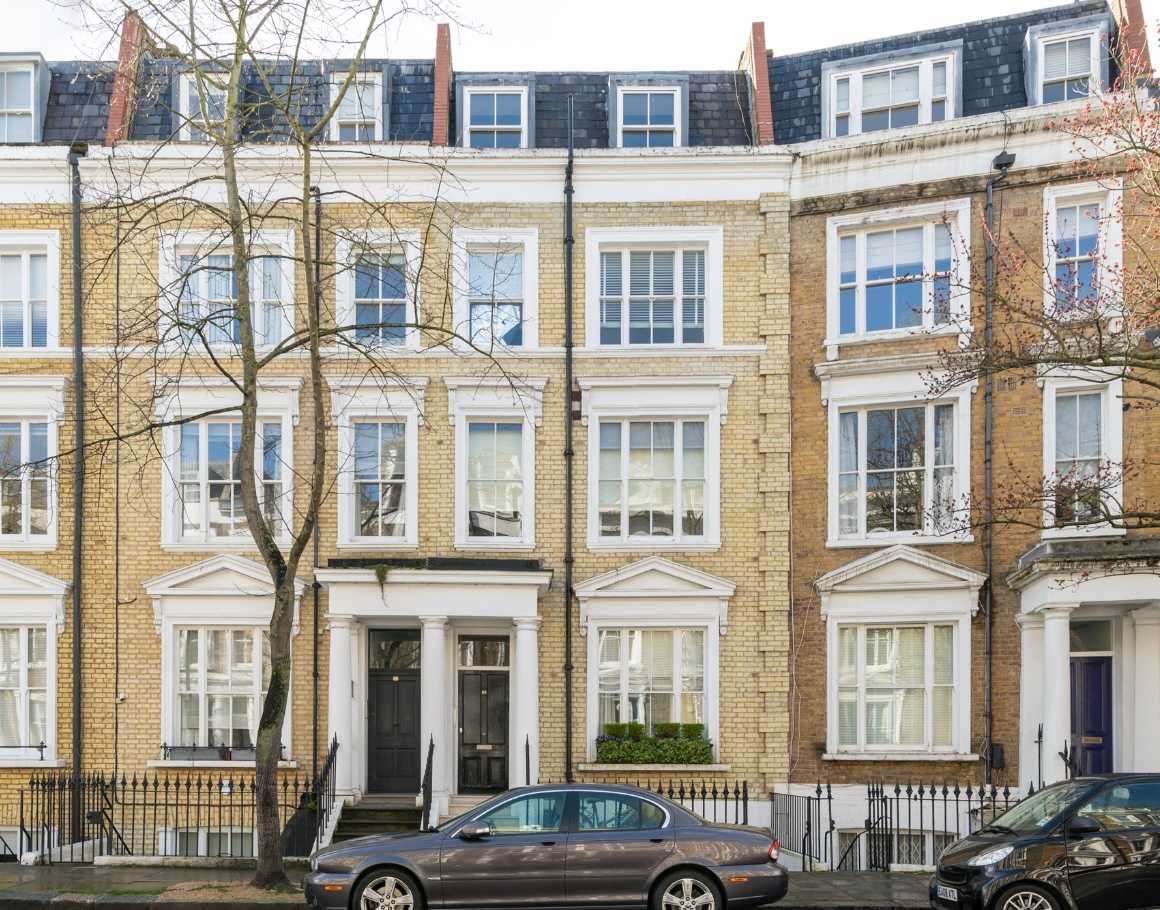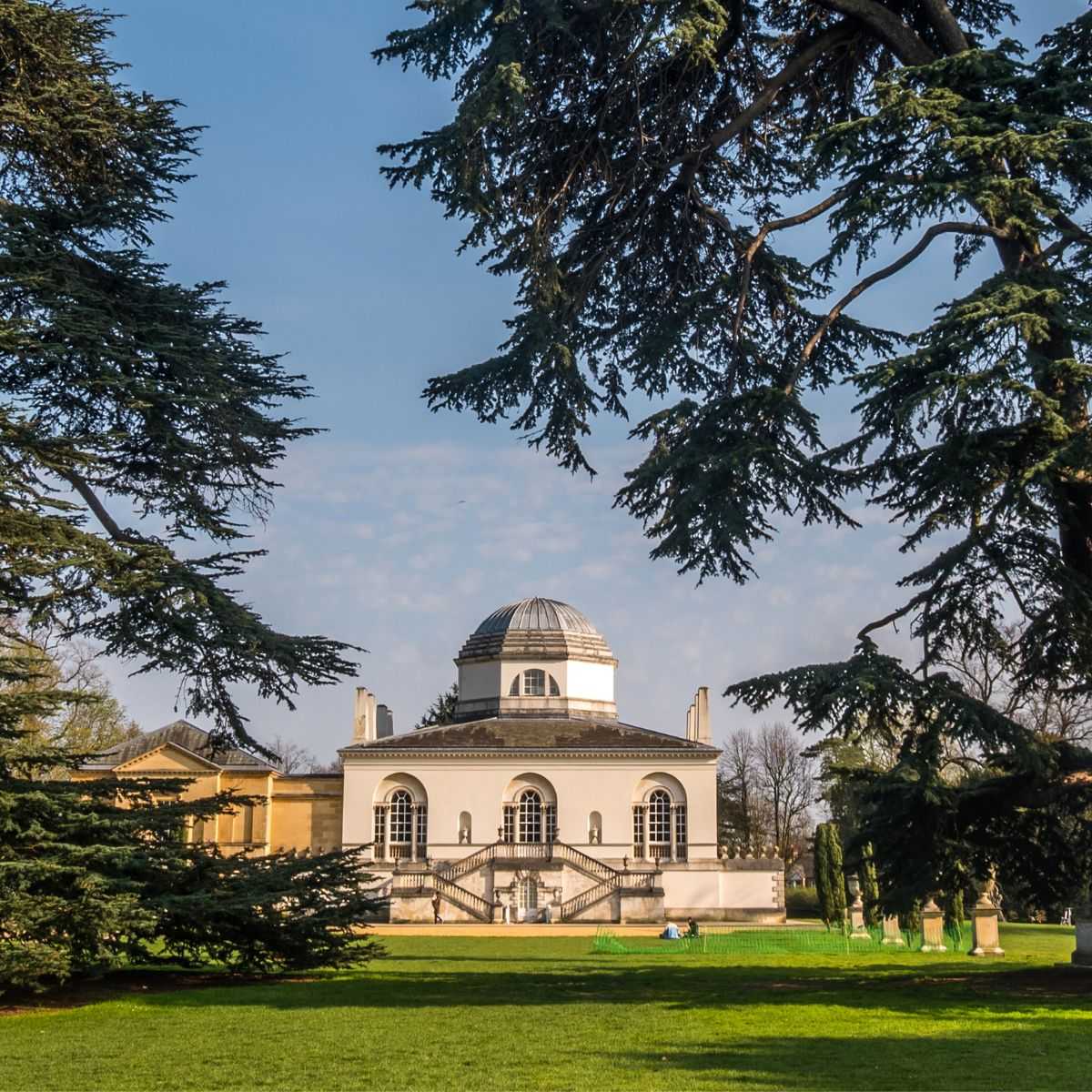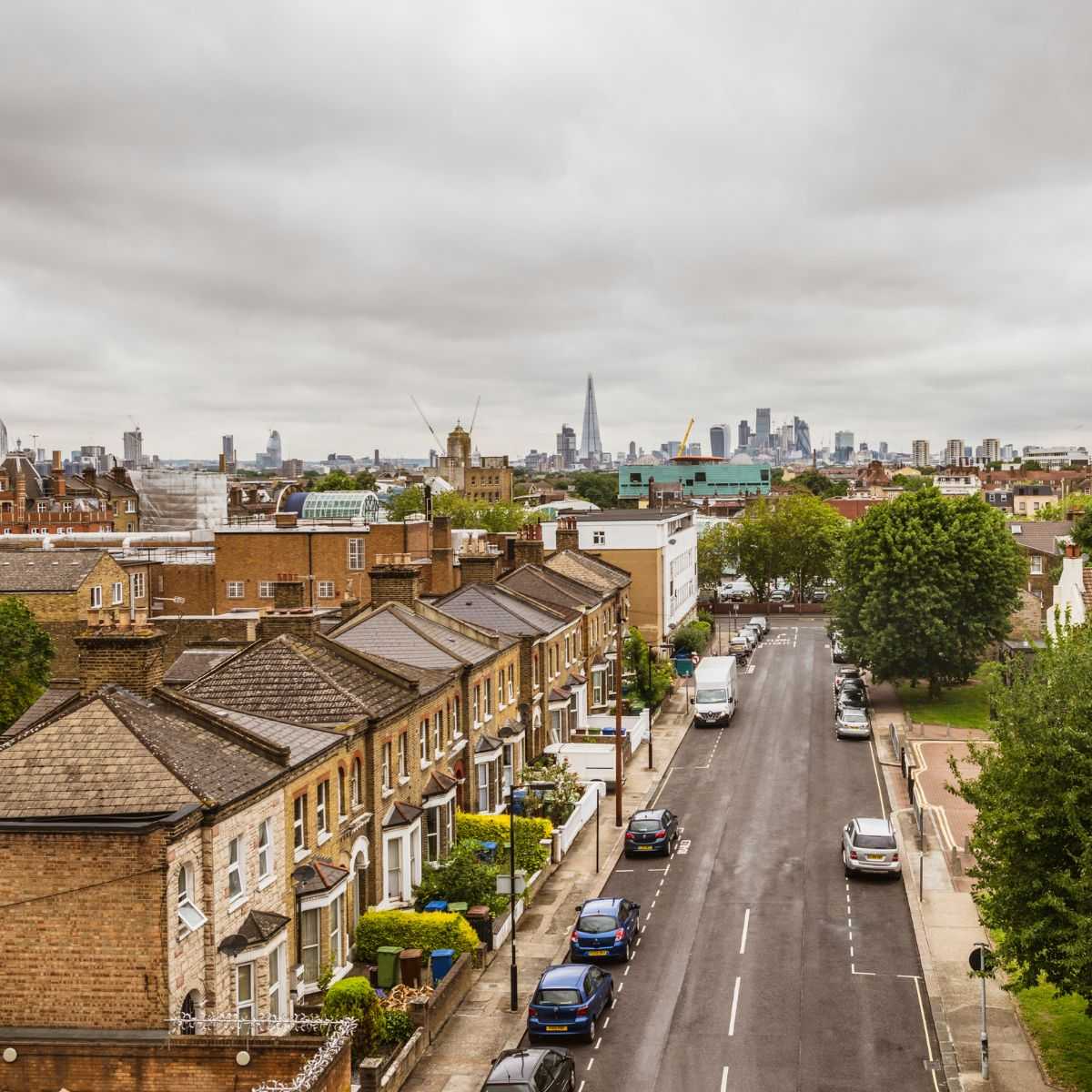Share post:
Nestled between Mayfair and Fitzrovia is the peaceful village of Marylebone. This residential area near the centre of London exudes a village vibe that creates a cosy atmosphere amidst the fast-paced city lifestyle.
People who want to stay close to Central London without being in the midst of the hustle and bustle can choose to stay in Marylebone. The place has a lot to offer in terms of restaurants, bars, pubs, museums, parks, etc. It’s also well-connected to the public transport system so you can easily get around should you decide to explore London beyond the borders of Marylebone.
In this article, you’ll learn more about Marylebone and the incredible opportunities you can experience here. You’ll get useful information about where to dine, drink, shop and explore.
The History of Marylebone
Although present-day Marylebone looks affluent, it wasn’t always that way. According to the Doomsday Book of 1068, it used to be a muddy field where less than 50 people lived. Back then, it was called Tybourne (in some records, Tyburn) which was a contraction of the term “teo bourne” which means boundary stream.
What used to be a place of execution soon went through “rebranding” after a church dedicated to Mary was built during the 1400s. Since then, the place has been known as St Mary la Bourne. The area gained prominence when in 1544, Henry VIII built his hunting lodge (present-day Portman Estate) in North Tyburn to enjoy hunting in Regent’s Park.
Over time, the name Mary La Bourne became Marylebone. During the Georgian times, Marylebone was incorporated as a part of urban London. In 1715, plans were made by the Earl of Oxford and other local landowners to redevelop the rural land into sophisticated townhouses. The plans included tree-lined streets leading to Cavendish Square.
Although the development was slow, Marylebone soon had pleasure gardens during the 1730s, where prize fights (e.g. cock fighting, gambling) took place. Then in 1738, it turned into a popular concert and entertainment venue.
When Marylebone Road was built, it gave people direct access to London. By the time 1820 rolled in, the development was completed and the industrial revolution led to the building of mansion blocks in Marylebone. Manchester Square Fire Station was built while Harley Street became known as a medical street. In 1899, Marylebone station opened and led to the progress of the area. Soon, great figures like Florence Nightingale, Gladstone and Dickens chose to call Marylebone their home.
Since then, Marylebone has gone through trying times during WWII and through the 90s. But now, improvements have been made and Marylebone Village started to transform into the affluent neighbourhood that we see today.
A Look at Marylebone Today
Marylebone is part of the Borough of Westminster and Central London. It’s surrounded by Marylebone Road (North), Great Portland Street (East), Edgware Road (West) and Oxford Street (South).
This “village” is an upscale neighbourhood that attracts professionals, families and even celebrities. It’s known for its beautiful Georgian architecture and green open spaces. It’s also where you’ll see high-end boutiques, local shops, gourmet restaurants, theatre halls, museums and many more.
With convenient transport links, Marylebone stands as a peaceful corner within reach of Central London’s vibrant nature.
Take a look at what Marylebone has in store for you.
The Food: A Taste of Classy Dining Experience
Walking along Marylebone High Street and Baker Street will reveal various restaurants, cafes, bars and pubs to choose from. You have several classy dining options like Italian restaurants Carlotta and La Brasseria Milanese and French restaurant Orrery. The Providores and Tapa Room is also on the same street.
You can also find Locanda Locatelli in Seymour St, Galvin Bistrot de Luxe in Baker St, Dinings (Japanese) in Hardcourt St, Phoenix Palace (Chinese) in Glentworth St, Texture in Portman St and Chiltern Firehouse in Chiltern St.
If you’re searching for places to drink, The Marylebone and The Prince Regent are options you can visit along Marylebone High Street. 31 Below is a cafe during the day and a cocktail bar at night (also located along Marylebone High Street).
The Culture & Arts: A Collection of Arts and Theatrical Adventures
If you’re in the mood for classical music and the arts, Marylebone will not disappoint. The Wigmore Hall is a famous venue for classic music events.
The Cockpit is a known theatre that features various events including comedy shows, musicals, jazz nights, etc. The Regent Street Cinema is considered the birthplace of British Cinema is also in Marylebone. It was restored and relaunched by Westminster University in 2015 to pay homage to the cinema’s historical value. You can also enjoy cinematic art through the Everyman Cinema (Baker St) and the Open Air Theatre at Regent’s Park.
If it’s art that you want to enjoy, The Wallace Collection in Manchester Square is a haven for art enthusiasts. Here you’ll see incredible 18th-century French art and some of the famous works of the Old Masters. In Baker St, you’ll find Madame Tussauds and the Sherlock Holmes Museum.
The Shopping Experience: Marylebone High Street and Local Markets
If you’re staying in Marylebone to shop, you’ll have several options before you. Marylebone High Street alone offers classier shops, small chains and independent stores. You’ll find J Crew, Skandium, Anthropologie, Aesop, Malene Birger, and many more. This is also where you’ll find Daunt Books, a former Edwardian bookstore that’s been in operation since 1990.
Other streets you can venture into include Wigmore St (Boffi and Margaret Howell), Marylebone Lane (David Penton & Son, Paul Rothe & Son, VV Rouleaux and Tracey Neuls) and Moxon St (La Fromagerie, The Ginger Pig).
There’s also a weekly Sunday farmer’s market happening in Cramer St’s car park.
Must-See Events and Activities: Open Spaces, Lakes and Parks
Regent’s Park is the most prominent space you can hang out in Marylebone. It has a stunning landscape that’s perfect for families, nature lovers and sports enthusiasts. Children can choose among the 4 playgrounds in the park and it has a running track where you can exercise and run. The Hub is also in this park and it’s considered one of the largest outdoor sports venues in Central London.
You’ll also find Queen Mary’s Rose Gardens – with more than 12,000 roses. The London Zoo is also located in this park as well as a boating lake within the park for you to enjoy.
Where to Stay While in Marylebone
Staying in Marylebone makes it a great starting point for exploring London. There are many attractions nearby and you’ll have easy access to the rest of Central London. The question is, where can you stay in Marylebone?
Fortunately, City Relay manages several properties in Marylebone. Here are two of your options.
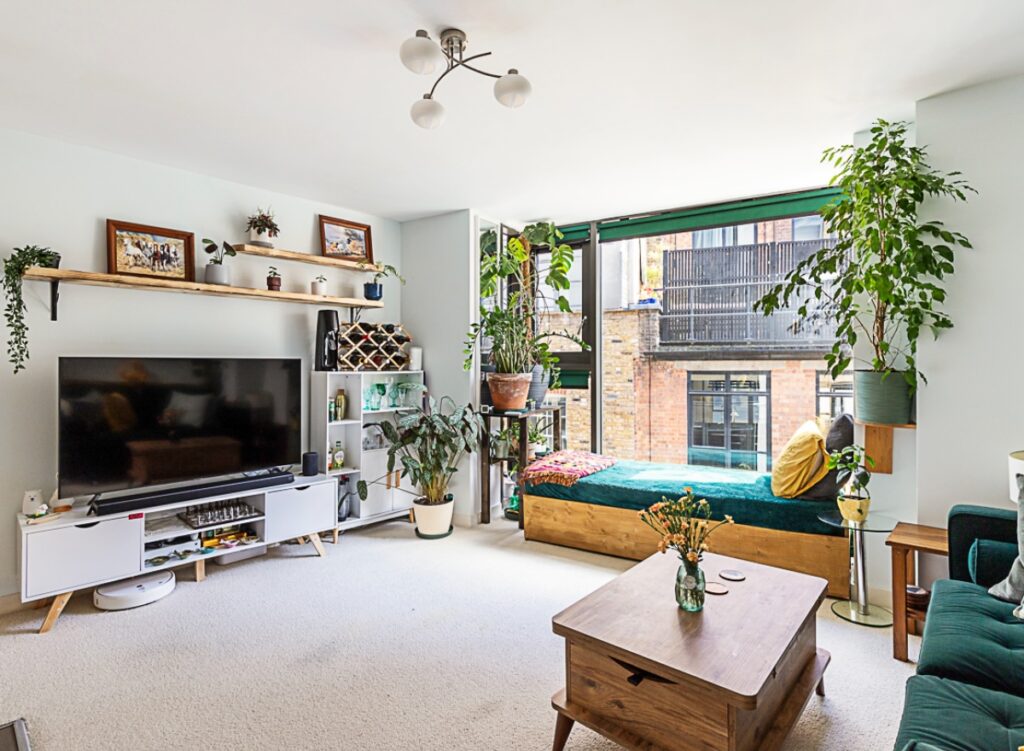
This one-bedroom flat is on the second floor and accessible by lift. It’s furnished to appear modern and elegant, with a wide window adorned by an assortment of lush plants and a cosy daybed. The bedroom has a double bed and a desk that’s perfect for working or studying. The bathroom has a bathtub and the open-plan kitchen is fully functional with modern appliances.
Elegant and Cosy Family Apartment in Marylebone

This 2-bedroom apartment is a great urban retreat in Marylebone. It’s ideal for travellers who want a luxurious and comfortable flat within reach of Central London. This haven is on the third floor with 2 bedrooms, 2 bathrooms, a furnished living and dining room and a modern kitchen equipped with high-end appliances. It’s perfect for a family or small group to enjoy.
If you want to see more properties in London, check out City Relay’s property listing. We can help you book a perfect stay in London – contact us and we’ll make it a hassle-free experience for you.



